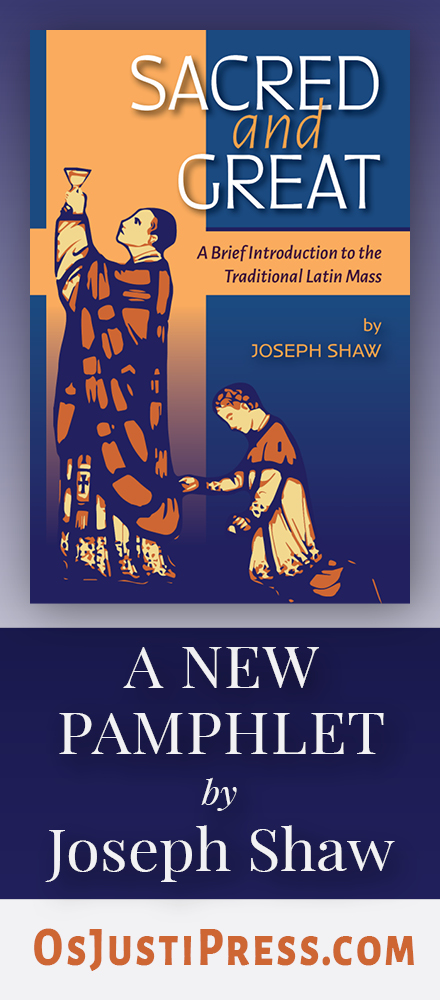At some point in my studies of Catholic liturgy, I concluded that you can't really understand liturgy without understanding or being exposed to the music of the Mass -- that is, without the music, you miss important information that forms our tradition and faith. The text alone does not provide all. Critical signals and knowledge are embedded in notes and forms of notes. This is lost when we fail to sing what the Church's liturgy asks us to sing. We are missing out on the whole of the liturgical structure and the experience of the faith that liturgy provides.
(This, incidentally, was a major problem with the outlook of Annibale Bugnini, the chief architect of the reformed Missal: he was hopelessly uninterested in music; in fact, he knew nothing at all, as his autobiography reveals.)
Lent is a fantastic example of this, and this Sunday in particular, when the propers intrigue us with their form and structure. The Introit is joyful, and the Tract is too, but it is shockingly long, while the Gospel itself is short. The propers are uniformly from Psalm 90, which his highly unusual, and this happens to be the same Psalm that the Devil quotes during the period of temptation.
What to make of all of this? I present to you William Mahrt's commentary on the propers for Sunday:
The Sunday which heads the Lenten season takes its theme from the paradigm of all Christian fasting: Jesus’ forty-day fast in the desert and his temptation by the devil there. In tempting Jesus to show his divinity by casting himself down from the parapet of the temple, the devil quoted Psalm 90, “He hath given his angels charge over thee, and in their hands shall they bear thee up, lest perhaps thou dash thy foot against a stone.” This quotation is such a powerful memory of the event of the temptation that the psalm is the source of all the Propers of the Mass for this Sunday. Rarely are Mass Propers so unified; moreover, the place of this psalm is even more emphasized by the fact that the tract for the day comprises most of the verses of the psalm.
The tract is direct psalmody—the singing of successive verses of a psalm without refrain, and it is sung in alternation by two halves of the choir. By replacing the alleluia sung in the normal seasons, it represents a kind of fasting from the wordless jubilation of the alleluia. While the tract normally comprises three to five verses of a psalm, the tract for this day has thirteen verses. Only two other days have these long tracts: Palm Sunday and Good Friday. On these days, the Passions are sung, and the tract serves as a long preparation for these extended Gospels. Today, however, the long tract simply stands by itself, and its function could be seen as an intense entry into the Lenten Season, a turning to God as refuge and protector. Throughout the Lenten season, the tracts can be the point of recollection in the liturgy and a meditative preparation for the hearing of the Gospel.




















